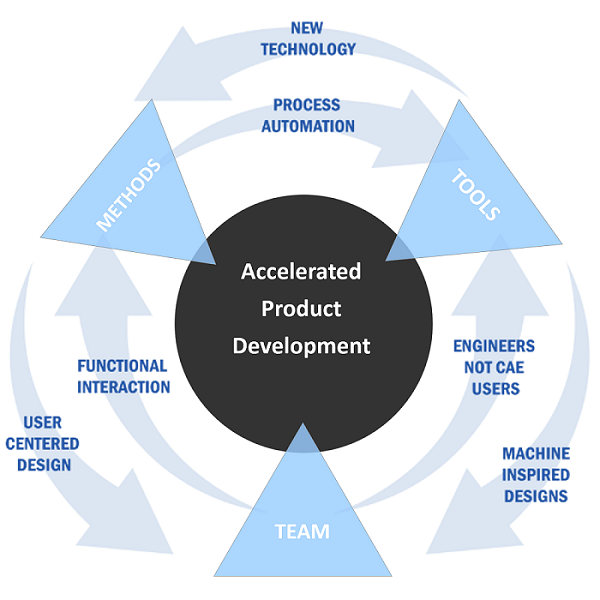We are industry specialists in providing high quality Process Automation solutions based on your requirements. Process automation refers to the use of technology and software to streamline and optimize business processes, reducing manual intervention and increasing efficiency. It involves automating repetitive tasks, workflows, and processes, often with the goal of improving accuracy, reducing costs, and increasing productivity. Our engineers are highly experienced in working with different customer requirements solving complex situations.
Identifying Processes: The first step in process automation is identifying the processes within an organization that can benefit from automation. These are typically tasks or workflows that are repetitive, rule-based, and time-consuming.
Automation Tools: Once the processes are identified, organizations select the appropriate automation tools and technologies. These tools can range from simple scripting and macros to more advanced solutions like workflow automation software or robotic process automation (RPA) platforms.
Development: Automation solutions are developed or configured based on the chosen tools and technologies. This may involve coding scripts, creating workflows in software, or configuring RPA bots.
Testing & Deployment: Before deploying automation solutions in a production environment, thorough testing is essential.fter successful testing, the automation solution is deployed in a live production environment. Depending on the complexity of the automation, this may be done gradually or all at once.
Testing & Deployment: Before deploying automation solutions in a production environment, thorough testing is essential.fter successful testing, the automation solution is deployed in a live production environment. Depending on the complexity of the automation, this may be done gradually or all at once.
Monitoring and Maintenance: Automation solutions require ongoing monitoring to ensure they are performing as expected. Additionally, regular maintenance and updates may be necessary to adapt to changing business needs or software updates.
Performance Metrics: Organizations should establish key performance indicators (KPIs) to measure the effectiveness of automation. This includes tracking metrics such as process completion times, error rates, cost savings, and employee productivity.
Continuous Improvement: Automation should be seen as an ongoing improvement process. Regularly assess the automation's performance and look for opportunities to refine and enhance the automated processes.

